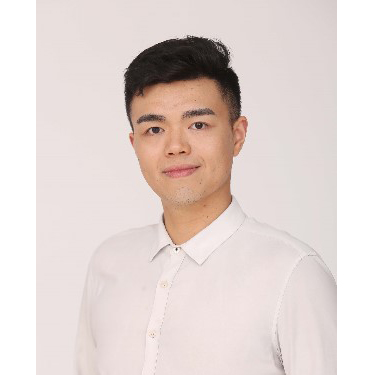MEET Scientist Dr Wei Sun Receives Postdoctoral Associate Research Award of the Electrochemical Society

The international Electrochemical Society (ECS) honoured Dr Wei Sun with the Battery Division Postdoctoral Associate Research Award. Together with an international team, the scientist from MEET Battery Research Center at the University of Münster developed a new battery chemistry for the rechargeable zinc-air battery which overcomes the previous technical obstacles. Since 2016, the ECS Battery Division Postdoctoral Associate Research Award has been promoting outstanding achievements by postdoctoral researchers in battery and fuel cell research. The prize money of 2,000 $ is sponsored by the MTI Corporation and the Jiang Family Foundation. Another ECS postdoc award was received by Lin Ma from the University of Maryland.
Innovative Battery Chemistry Revolutionises Zinc-Air Battery
In his research work, Dr Wei Sun developed a reversible zinc peroxide (ZnO2)/O2 chemistry for the rechargeable Zn-air batteries. “We selected the hydrophobic trifluoromethanesulfonate (OTf-) anion with a large size as a constituent of the electrolyte solute. Comprehensive characterization and simulations identified the critical role of hydrophobic OTf- anions in dictating the electrochemical double layer structure that favors the formation of ZnO2 and suppression of H2O-involved reactions. Leveraging the high reversibility of both air cathode and Zn metal anode in the Zn(OTf)2 electrolyte, the Zn-air full cell demonstrated excellent cycling performance in ambient air atmosphere despite a simple cell design,” explains the award-winning battery researcher Sun, who moved from South China University of Technology to MEET Battery Research Center at Münster for his research. Further research provided, the zinc-air battery holds a potential alternative battery technology with advantages such as environmental friendliness, high safety and low costs.
The international research team involved researchers from Fudan University in Shanghai, the University of Science and Technology in Wuhan, the University of Maryland and the US Army Research Laboratory. Detailed results were published in the journal “Science”.

